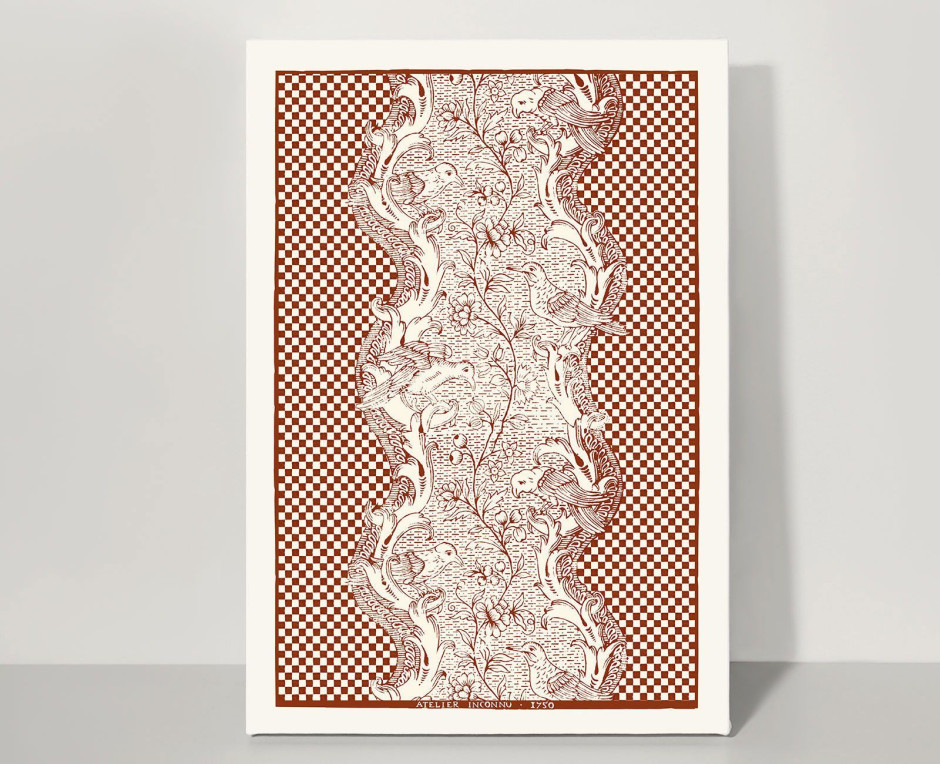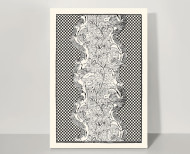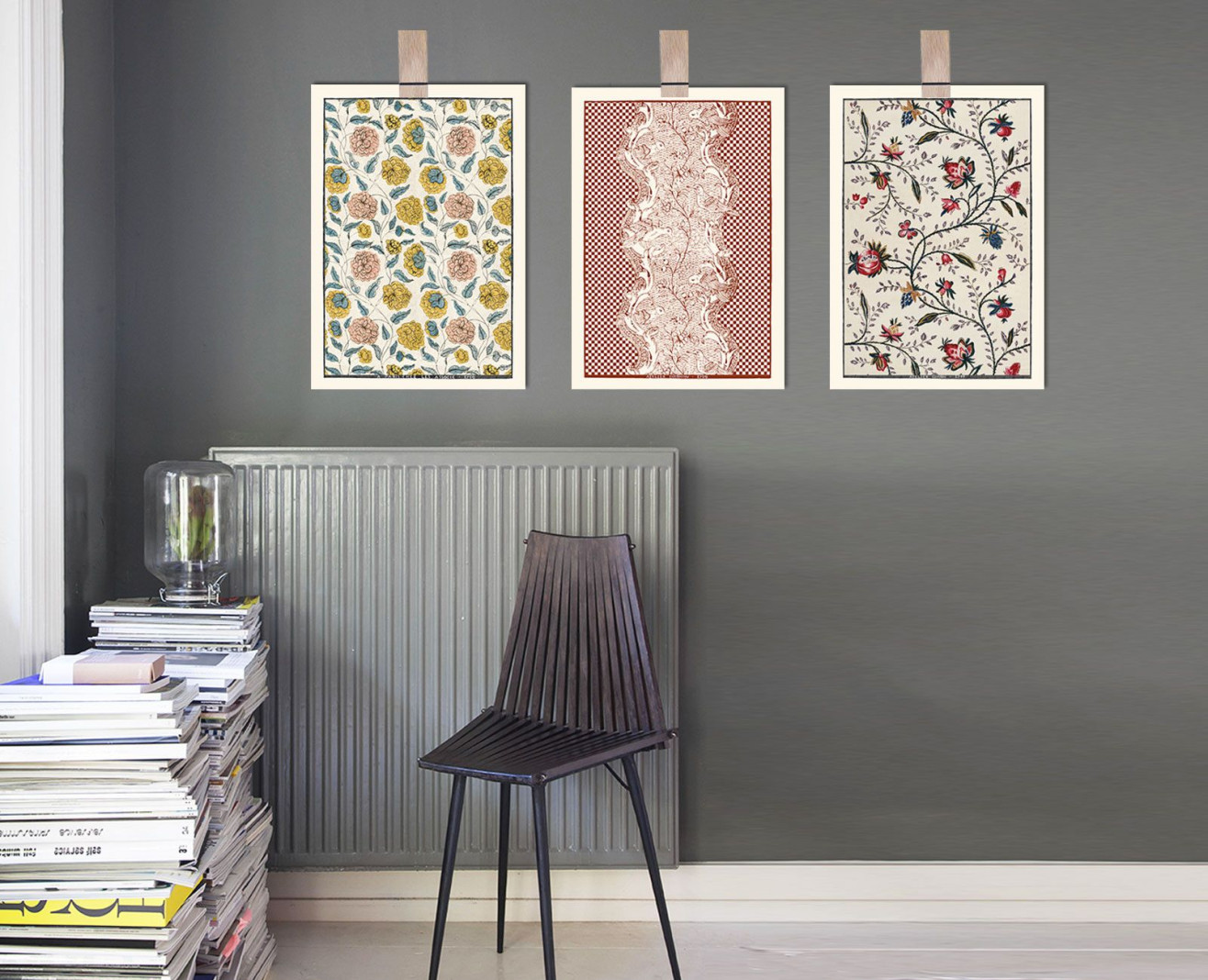No products
- LA PREMIUM finish ideal for walls, kitchen and bathroom
- L’EXTRA finish ideal for woodwork
You still have to place an order for additional boards
(boards are only sold by 3)
Domino board deep red checkerboard A3 . 1750
Unknown workshop
12,00 €
DESCRIPTION
From an unknown manufacturer, this domino paper is kept at the Musée des Arts Décoratifs in Paris. It features foliage, birds, berries and delicate flowers, representing a sinuous ensemble framed on either side by a checkerboard. The original design is 42.5cm high and 35.5cm long, and was printed using an engraved wooden block, in one color (black).
To give life and modernity to this beautiful wallpaper from the 18th century, our workshop carried out a meticulous digital restoration.
Patterns are printed on light ivory, 300g (stiff) vellum paper, A3 format. The boards are presented in a sumptuous cardboard envelope decorated with patterns.
Collection of Musée des Arts Décoratifs de Paris
Photographic credit: Les Arts Décoratifs/ Jean Tholance
Colors
From an unknown manufacturer, this domino paper has a style and an iconographic repertoire which suggest a French production dated from the early 1750s (see "Details"). Undoubtedly, the manufacturer showed real originality in the creation of this design, notably by choosing to represent of birds, which is not frequent in domino papers.
1750
In the 18th century, domino papers were most often made and sold by « domino merchants » who also sold papers, prints, playing cards and calendars. They were generally installed in Paris in the Latin Quarter or near universities. The haberdasheries merchants (like « Godin marchand-mercier » in the attached picture) also retailed dominos and Chinese wallpapers, which were used for walls, dress screens or, by cabinetmakers, as a base for " varnish Martin ", a technique developed by the Martin brothers in 1728 and intended to imitate lacquer (from China and Japan in particular), for a lower cost, by working a resin called copal on a drawing.
Kept at the Musée des Arts Décoratifs in Paris, the drawing of the original domino paper is framed by black outlines. These lines were printed using an engraved woodblock, which was pressed on the paper using a screw press. Moreover, the print in black informs about the date of the work. Note that in France, the oldest dominoes were printed in black while the most recent ones more in blue, red, or even in green.












